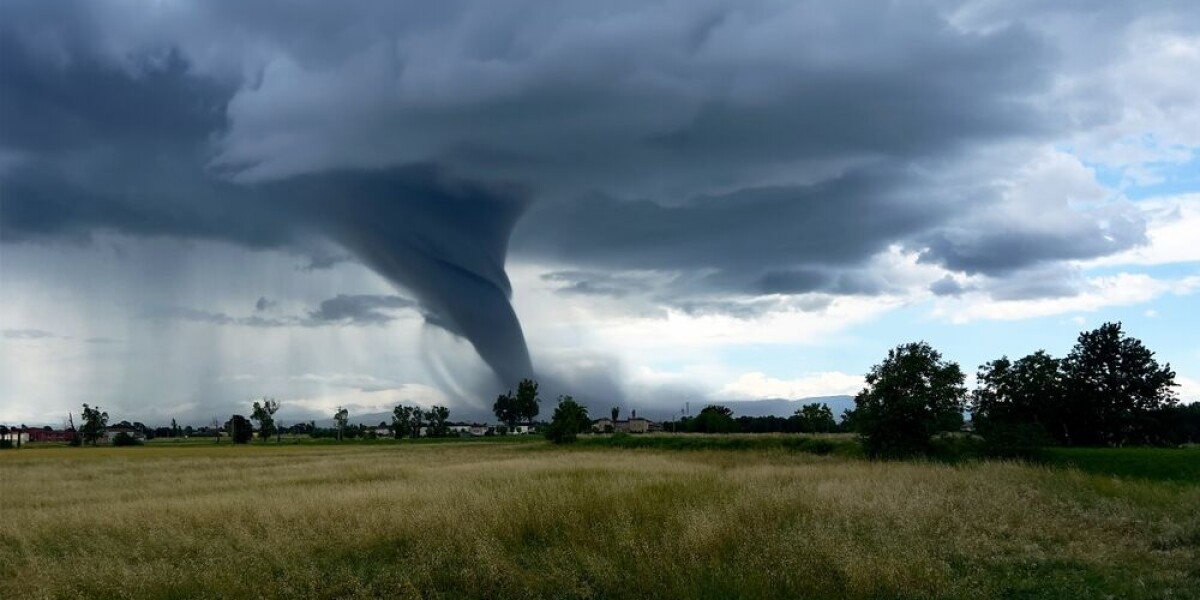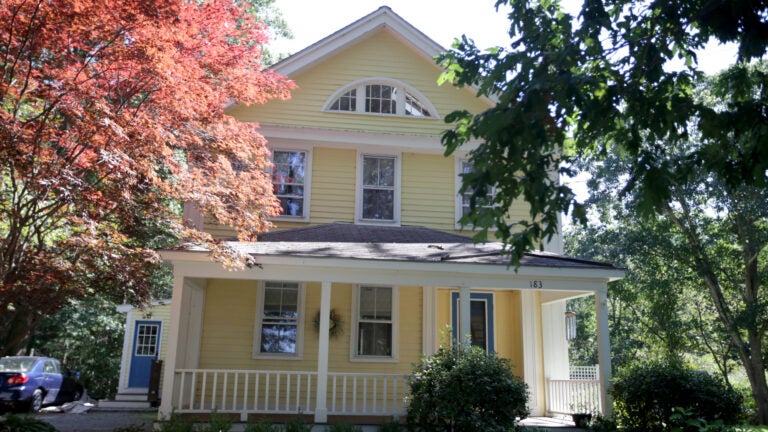
- Select a language for the TTS:
- UK English Female
- UK English Male
- US English Female
- US English Male
- Australian Female
- Australian Male
- Language selected: (auto detect) - EN
Play all audios:
MANY AREAS OF THE COUNTRY ARE PRONE TO TORNADOES, BUT FEW CAUSE DAMAGE, INJURY OR DEATH A French storm expert has said that France can and does experience tornadoes, after several fatal
events have hit the midwest and south United States in recent days, causing more than 40 deaths. France currently has an estimated 50 tornadoes every year, mainly in spring and summer, and
mostly in the north-west and the Mediterranean coastal area. Few cause major damage or deaths, in contrast to the major weather events - tornadoes and hurricanes - that regularly batter the
US. However, Emmanuel Wesolek, president of French storm observatory Keraunos, told 20 Minutes that France does have tornadoes, although many of the weakest (rated EF0 on the Enhanced Fujita
Scale of tornado intensity), tend to happen at night, go largely unnoticed, and do not cause damage. Another expert, Davide Faranda, director of climatology research at scientific research
centre the CNRS, told Le Parisien that most tornadoes in France “measure a few dozen to a few hundred metres in diameter, generally last less than 15 minutes, and only travel over a few
kilometers”. Read also: Video: Tornado in northern France and ‘red sprites’ above Nice Read more: Mini tornado lifts up car and flips it over in south-west France Read also: Video:
Impressive sea ‘waterspout’ spotted near coast in Brittany FATAL TORNADOES IN FRANCE In contrast, some are much stronger. On August 3, 2008 in Hautmont (Nord) a tornado caused the deaths of
three people, as it passed through a highly urban, populated area. “Tornadoes can…be up to 200 to 300 metres wide [and] also cause peripheral damage over a distance of 1 kilometre,” said Mr
Wesolek. A tornado that hit the village of Pontarion (Creuse, Nouvelle-Aquitaine) in March 2023 damaged houses and roofs but did not injure anyone. Another tornado (EF2 out of 5 on the EF
scale) hit the commune of Carlepont (Oise, Hauts-de-France) in June 2024, bringing wind speeds of more than 100 km/h, and even managed to pick up and throw several garden sheds. However,
again, there were not any injuries. Two tornadoes in France have reached maximum intensity on the EF scale (EF5), over the past three centuries, Mr Wesolek said. He highlighted one in 1845,
in Seine-Maritime, which killed at least 75 people when it caused the collapse of two spinning mills. More recently, on June 24, 1967, eight people died due to a tornado in and around the
town of Palluel (Pas-de-Calais). Mr Wesolek said that tornadoes are more likely in the north-west of the country “because the area is flatter, and these are areas where air masses come into
conflict”. “Tornadoes are very sensitive to natural obstacles,” he said. Tornadoes form when warm, humid air collides with cold, dry air. This creates a column of rotating air - and often a
storm at ground level - which can vary significantly in speed and intensity. Mr Wesolek added that tornado- and storm-tracking devices can detect tornadoes and similar storms several days in
advance, and pinpoint the department in which adverse weather is expected. However, the devices cannot usually narrow it down to a specific village, he said. WHAT TO DO IN CASE OF A TORNADO
OR SEVERE STORM IN FRANCE Mr Wesolek has the following advice for people in France if a tornado or a severe storm hits. * Take refuge at home, ideally in the cellar or basement, if you
have one * If this is not possible, it is best to go to the most central room on the ground floor of your house, as it is the room least likely to be destroyed and often has the fewest
windows.







